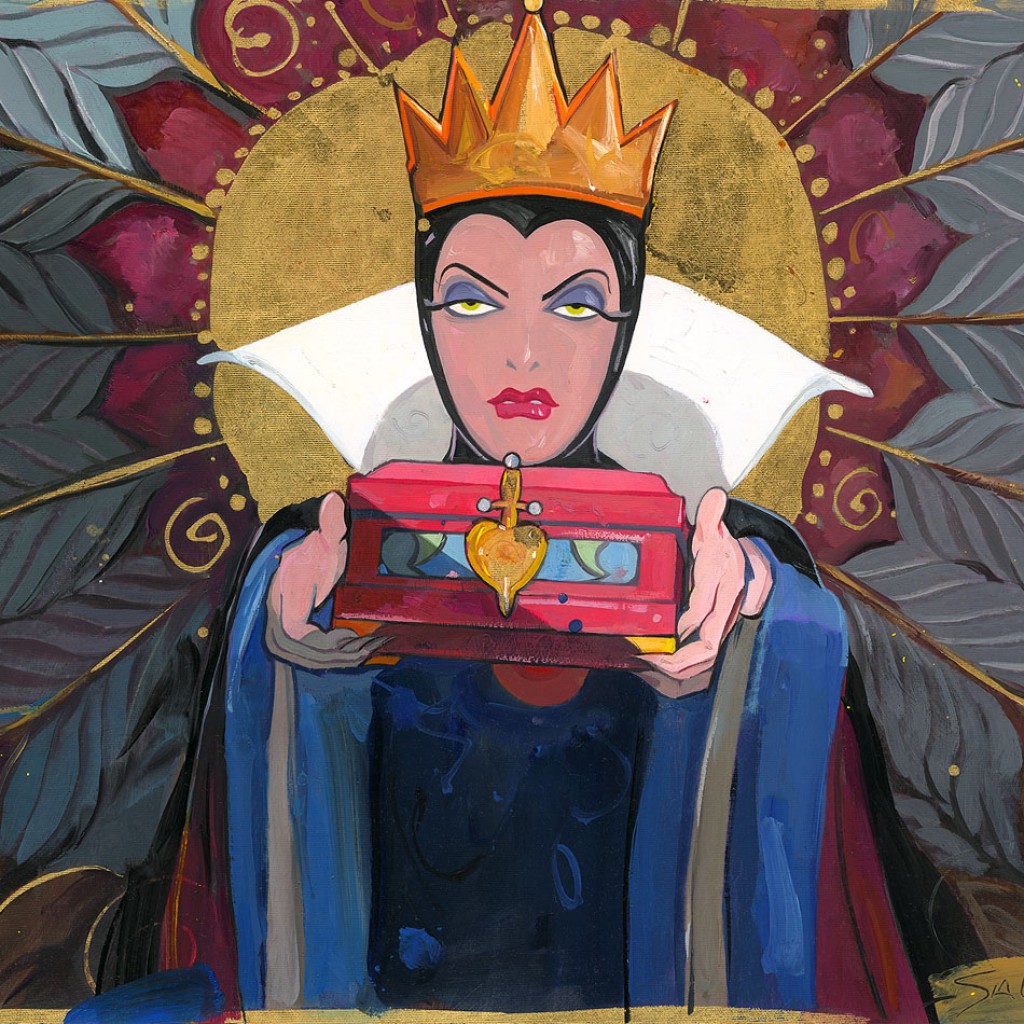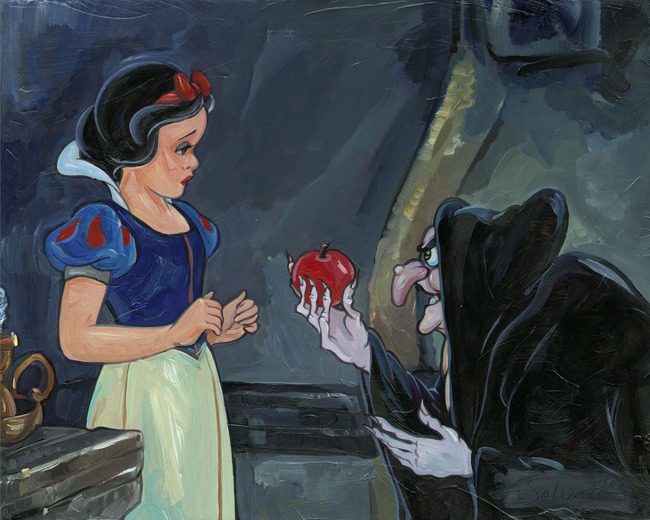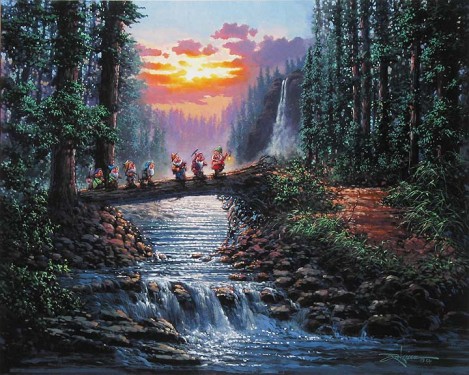This week, Disney confirmed to CNN that Rachel Zegler is, indeed, the newest live action Disney princess. She’ll be starring in the upcoming live action remake of Disney’s first full length animated feature Snow White and the Seven Dwarfs, released in 1937. Zegler will no doubt be a household name after Steven Spielberg’s West Side Story remake, in which she plays Maria, releases this later this year. She is also already signed on to Zachary Levi’s DC sequel Shazam: Fury of the Gods. Her singing videos on social media have already gleaned her millions of fans around the world. Here’s one where she proves she’s got the Disney princess vocal chops:
Directing and producing Snow White is Marc Webb. Webb, who is best known for 2012’s The Amazing Spider-Man 1 & 2 (these are the ones with Andrew Garfield and Emma Stone), has ample credentials filming musical performances. He’s the director behind nearly a hundred music videos from the early 2000s, for bands and musicians including Green Day, Fergie, My Chemical Romance, Miley Cyrus and Evanescence. More recently he has executive produced 11 TV shows, including the quirky musical comedy My Crazy Ex-Girlfriend, so he should be an expert at casting projects well! Writing the remake is Erin Cressida Wilson, a former professor at UC Santa Barbera, Brown and Duke. She wrote the adapted screenplays for Secretary and The Girl on the Train, both of which we can fairly assume (and even hope) are as far in tone and subject matter as you can get from what a Disney Snow White remake will offer.
All this information about yet another live action version of a Disney classic makes me curious about the history of Snow White, beyond the 1937 Disney animated feature and first official version published by the Grimm brothers. Let’s tuck into a little history, and backstory of the girl we all know as ‘the fairest of them all’.
The Grimm brothers published her story 1812 as Tale 53 in Grimms’ Fairy Tales. Present in that first version were the Evil Queen, the seven dwarfs, a poison apple, a magic mirror, and the icky glass coffin. With only a few changes, the Grimm plot is surprisingly close to that of the Disney feature…
In the *2nd and best known version of the Grimm tale, a queen shallowly wishes for a daughter ‘with skin as white as snow (yikes..this explains why Nazis used the original story in teaching their master race theory to German children), lips as red as blood, and hair as black as ebony’, then promptly dies in childbirth. As is the custom in old fairy tales, the father picks his second wife very badly. *In the original version of the story, the cruel, evil mother was Snow White’s biological mother, but it is believed they changed that to make the story more palatable to kids…
After seven years of the new queen’s mirror telling her she is ‘the fairest one of all’, the hyper-honest mirror informs her that Snow White has usurped the title.
The queen tasks a huntsman to kill this attractive 7-year-old (?) and bring back, not her heart, but her lungs and liver (which, by the way, in the tradition of the best cannibal queens, she plans to eat..), but he can’t bring himself to do it. Snow runs into the forest, finds the dwarf cottage, and falls asleep in one of their beds. They find her after searching for a prowler, and she explains she had to escape to save her life. The dwarfs say she can stay if she works as their housemaid (child labor laws having yet to be invented..). Ten years pass, and she has grown even more beautiful. When the queen queries her mirror, it tells her Snow White is still top of list and hiding out with the dwarfs.
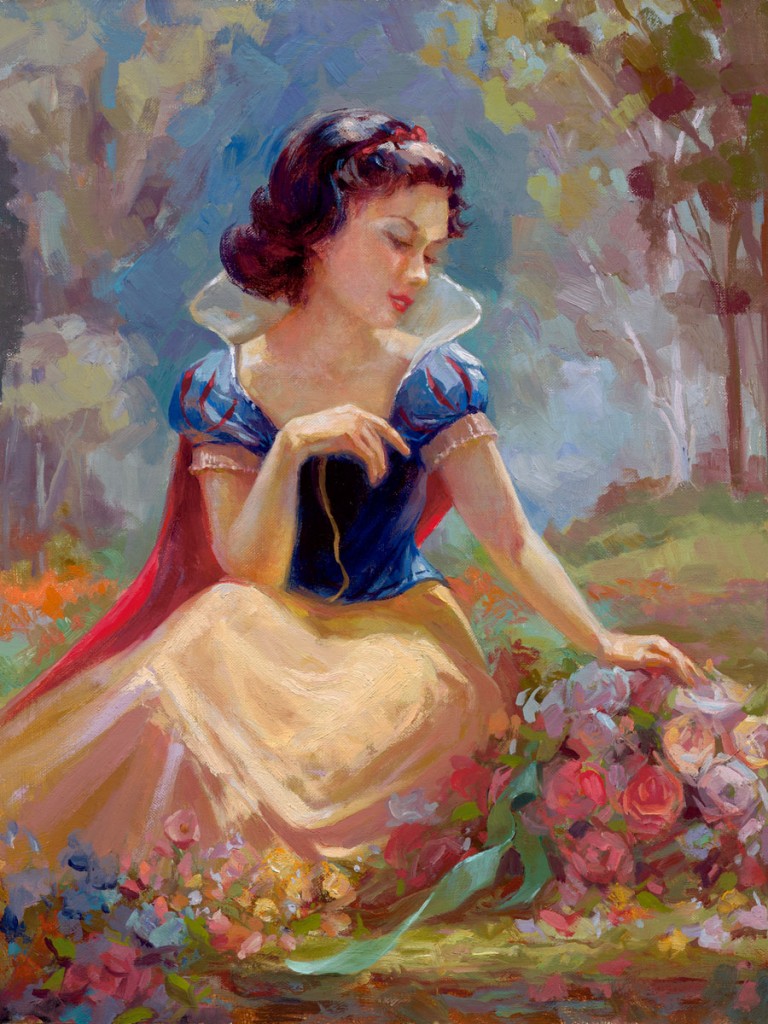
The queen decides to kill Snow White herself. First, disguised as a peddler, she offers Snow silky bodices as a present, and laces them so tightly that the teen collapses.
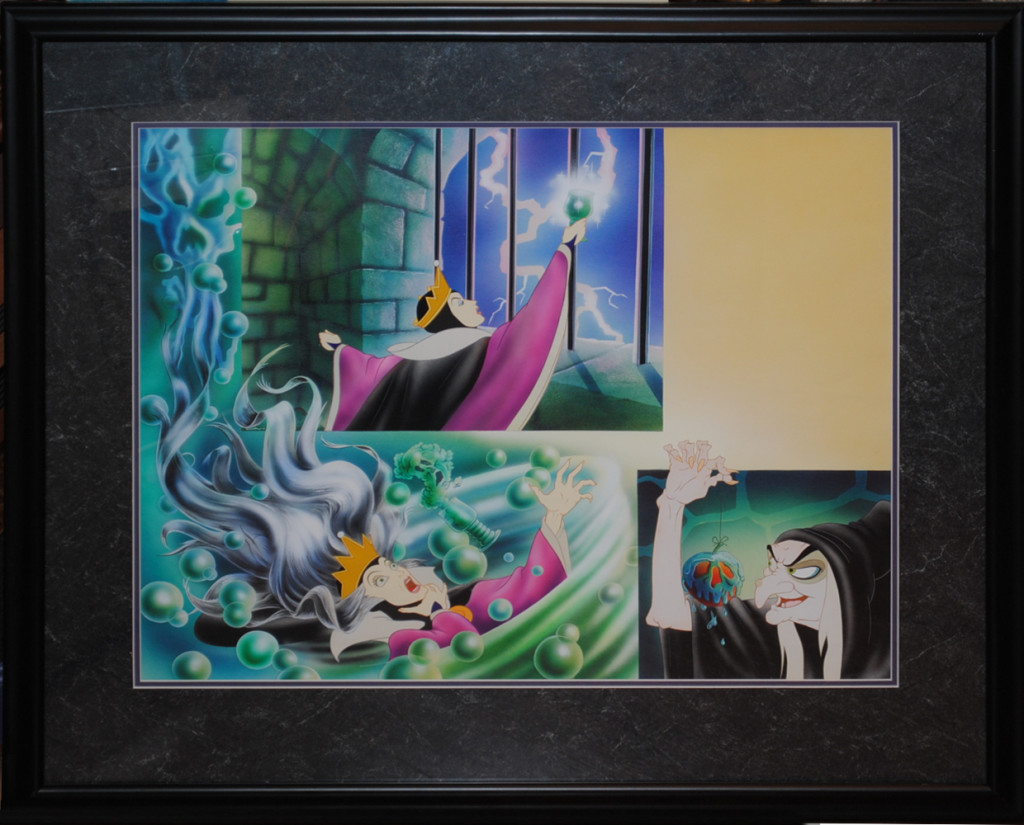
The dwarfs show up just in time to loosen the laces and revive her. Next, the peddler gives Snow a poisoned comb that overtakes her (a story point that was originally considered for the 1937 Disney feature), but the dwarfs come and take it out of her hair, reviving her. Finally, the disguised queen brings an apple that Snow bites, putting her in a coma. The dwarfs, thinking Snow is dead, put her in a glass coffin. (This borders on creepy, right? How did they know she wouldn’t decompose? Or didn’t they care? Creeeeepy.)
A prince happens upon Snow the next day, and after hearing her story from the dwars, they give him permission to take her home for a proper burial, but along the way her coffin gets jostled. This dislodges the poison apple slice from her throat and revives her! He declares his love for her, and they marry. (Mais, bien sur!)
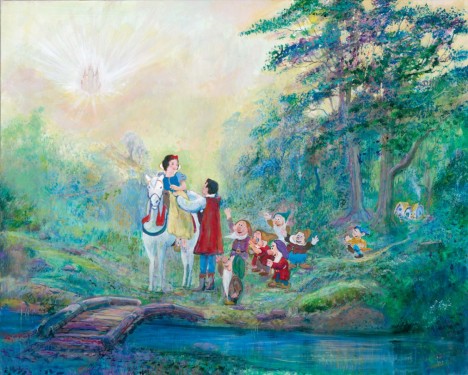
Once again, the queen discovers there’s someone fairer, so she toddles off to the wedding to investigate. Finding Snow, she attempts filicide, but the new bride explains all about the queen and her dirty deeds. The prince condemns the queen to wear a pair of scalding iron slippers and dance until she drops dead, giving new meaning to killing it on the dance floor.
There is a lot of conjecture as to the inspiration for the Grimm tale. At the time of publication, none of the first tales were seen as suitable for children, but they were, in fact, all based on folk tales and stories they’d collected from friends and acquaintances. The Grimms were also hardcore historians, and they might have injected some history into Tale #53. Recently it was uncovered that Snow White may have been based on the life of Countess Margaretha von Waldeck. She was famous for her beauty, had a very strict stepmother, and died at 21 under mysterious causes that, in retrospect, might have been poison.
Margaretha’s father owned several copper mines in which the majority of workers were children, (???) and it has been suggested the 7 dwarfs were inspired by the children laboring at the mine. Similar to dwarfs, the children used to live by the dozens in a single room house.
The first time the dwarfs got names was in the 1937 Disney feature. Originally they had a pool of about 50 names for the 7, including Jumpy, Deafy, Dizzey, Hickey, Wheezy, Baldy, Gabby, Nifty, Sniffy, Swift, Lazy, Puffy, Stuffy, Tubby, Shorty and Burpy. Of the many versions of the story between 1812 and 1937, Disney’s is also the only one in which the prince and Snow White meet before she is poisoned.
There are many versions of this story that have existed as oral tales or put in print around the world. In Italy, one of many variants has the ingenue running away from home riding an eagle, which takes her away to a palace inhabited by fairies. In France, one story has dwarfs played by Korrigans, dwarf-like creatures from the Breton folklore, another incorporates three dragons with whom she lives at the bottom of a well. In the Scottish version Gold Tree and Silver Tree, Silver Tree is the queen, and Gold Tree is the far superior (and younger) beauty. Silver pretends to fall ill and declares only eating her daughter’s heart and liver will cure her.
Later versions exist in film and on tv. The first two are silent films, one made in 1902 that is lost, and another that still exists made in 1916.
There are several more risqué versions of the story, including a 1969 German sex comedy and other even more colorful ones, but no need to elaborate on them here. There are horror flicks like Snow White: A Tale of Horror, and of course more recent live action films that include 2012’s Mirror Mirror, starring Julia Roberts and Lily Collins, and the Hunstman series starring Charlize Theron and Kristen Stewart. Here is behind the scenes footage from Snow White and the Huntsman.
You’d be surprised to know that Disney is not the first animated version of the story. In 1933, Fleischer Studios released a Betty Boop cartoon called Snow White. It is considered a milestone of animation and was added to the film registry at the Library of Congress in 1994. What makes this short particularly wonderful is that it features Cab Calloway as Koko the Clown. Koko dances while he sings “St James Infirmary”, and that scene is rotoscoped from footage of Cab Calloway.
Even with all the alternate versions of the story released in comics, theater, in literature and elsewhere, in 2013, the US Patent and Trademark Office granted Disney a trademark for the name “Snow White”, which covers absolutely any and everything you can imagine, from internet to radio to all media, only excepting literary works of fiction and nonfiction. Given that, let’s hope the upcoming Disney live action film will satisfy fans of the classic tale. At least it looks like Rachel Zegler is up to the task!
I leave you with a video of the full 1933 Betty Boop cartoon, in which even playing against wonderful voice artist Mae Questel, Cab Calloway steals the show.
1. Betty’s dress!
2. All hail Cab Calloway!
As ever, ArtInsights has art representing Disney’s first animated feature, the classic Snow White and the Seven Dwarfs. You can see all the art HERE, and please contact us if looking for original production art from the film!


